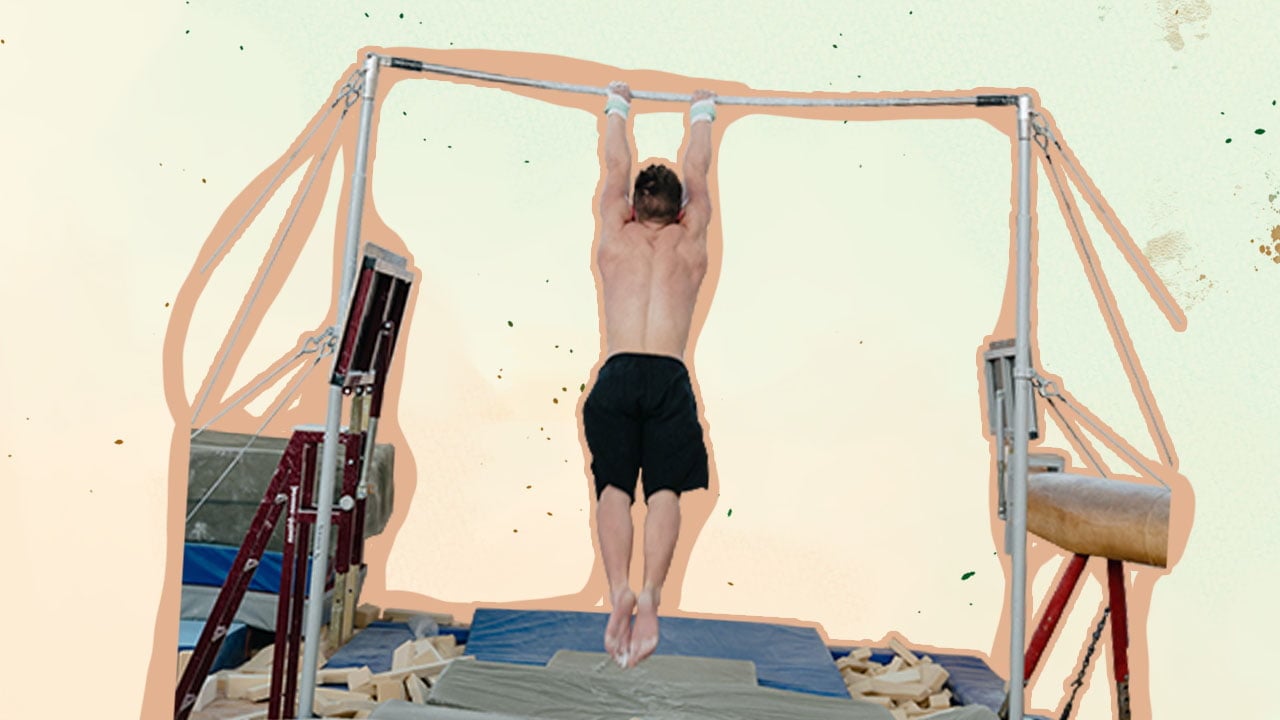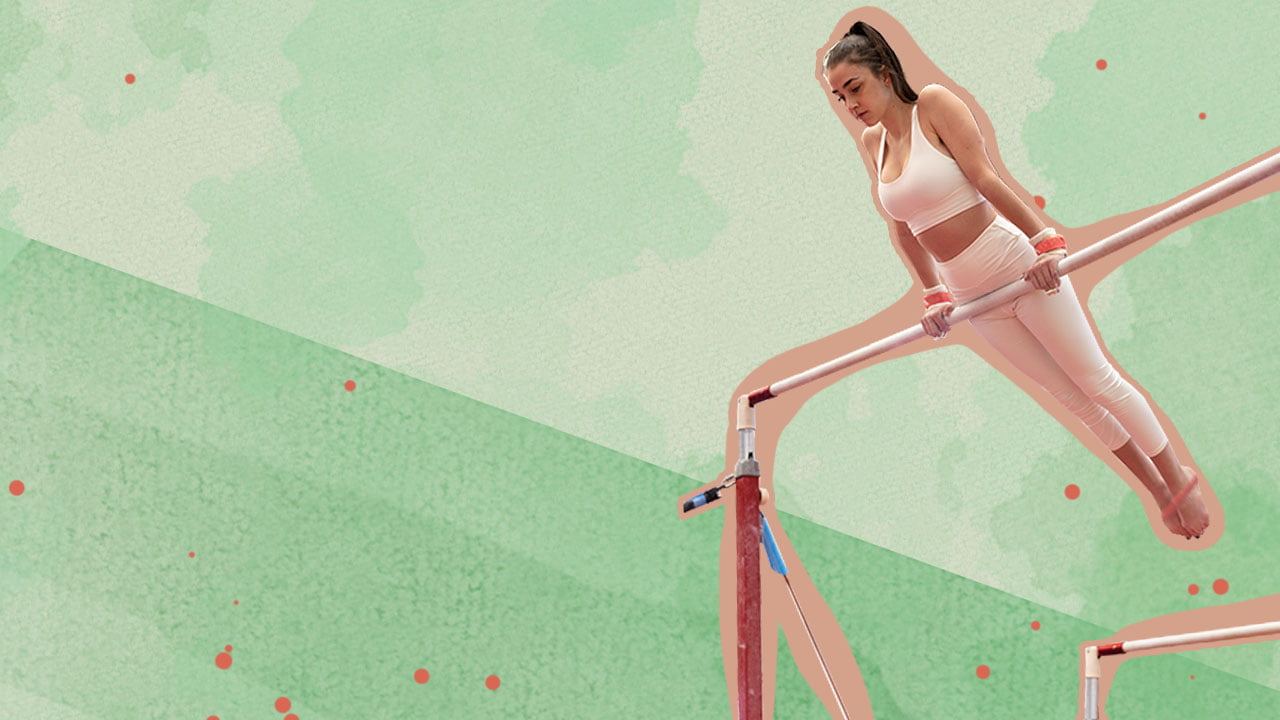Do They Adjust The Uneven Bars In Gymnastics
Adjusting the height of the uneven bars is allowed for taller gymnasts. However, the distance between them must remain constant. Further changes in the distance and dimensions of this complex apparatus may happen to prevent unfair modifications during competitions and ensure every gymnast’s safety. Artistic gymnastics requires an amalgamation of balance, strength, coordination, and flexibility. […]

Adjusting the height of the uneven bars is allowed for taller gymnasts. However, the distance between them must remain constant. Further changes in the distance and dimensions of this complex apparatus may happen to prevent unfair modifications during competitions and ensure every gymnast’s safety.
Artistic gymnastics requires an amalgamation of balance, strength, coordination, and flexibility.
And the uneven bars are one of the many complex apparatuses used in artistic gymnastics. As per the Olympic Games, women gymnasts start with the vault, then proceed to the uneven bars and the balance beam, and finally, perform floor exercises.
However, in today’s guide, I’ll be focusing on uneven beams and how they are adjusted for different individuals. So, let’s get started.
What Is The Uneven Bar Apparatus?

The uneven bars, or simply “bars,” is a part of the women’s Olympic Gymnastics events. Gymnastic routines with uneven bars involve moves like somersaults, handstands, the Giant Swing, etc., with both the parallel bars. However, lower-level gymnasts perform their skills on the lower bar only.
The uneven parallel bars are made of fiberglass and feature a wood coating. As such, it is imperative for gymnasts to use chalk or anything sticky (some even use dollops of honey and melted gummy bears!) to grip the smooth bars. Plus, they often spray water on the bars to further improve their grip.
Warning
I understand if spraying water sounds strange, considering that gymnasts want to ensure a better grip on the horizontal bar. However, keep in mind that most gymnasts mix large amounts of resin with water. Plus, they are well-equipped with hand grips, tape, or even gauze in some cases. So, do not try any of these moves on wet and slippery bars.
Distance Between The Uneven Bars
The uneven bar apparatus consists of two bars placed parallel to one another. According to the Federation Internationale de Gymnastique (FIG), the higher horizontal bar should be more than 8 feet above the ground. The lower bar, on the other hand, should stand at approximately 5-and-a-half feet.
As such, the distance between them should be around 2-and-a-half feet. But when the distance is measured diagonally, the closest that the bars can be is 4.25 feet. And the farthest distance that is allowed between the bars is 5.9 feet. Note that the height of the bars is measured from the upper edge of each bar to the ground.
Moreover, as per the measurements authorized by FIG, the width of the bars must be 1.6 inches, while the length must be more than 7 feet.
Of course, for parents who wish to encourage their children to try artistic gymnastics, you need not worry about these measurements from the get-go. Instead, check out some of the best junior training gymnastics bars on the market, and help your child stay active and learn a skill at home.
Does FIG Allow Any Adjustments?
Yes. In 2010, FIG allowed taller gymnasts to increase the height of the uneven bars for ease of movement. This further prevents their feet from touching the floor/mat or hitting one of the bars. Since maintaining a good form is prioritized in artistic gymnastics, the aforementioned errors result in score deductions.
Hence, the height of the uneven bars was open for adjustments of 4 inches for taller gymnasts. Notably, the height of both the horizontal bars must be adjusted accordingly to maintain a distance of 2-and-a-half feet in between.
Later, in 2013, FIG decided to raise the uneven bars by 4 inches for all gymnasts to prevent the “laborious modifications of the apparatus during competitions.” However, the federation continues to examine the potential effects of such a change and make amendments accordingly to ensure optimum safety for the gymnasts.

Adjust The Uneven Bars In Gymnastics Conclusion
To perform a good bar routine, the gymnasts must maintain their posture and flow from one movement to the other without any pauses or empty swings. Not to forget, while performing, they must ensure they do not hit the bars and avoid any foot movement when landing. Pointed toes, straight legs, and graceful moves make the perfect recipe for a high-scoring artistic gymnastics routine!
And to achieve that, besides practice, I recommend investing in the best gymnastics uneven bar grips. Although hand grips are not mandatory, experts suggest wearing them early on to prevent bruises and blisters and practice effectively.
